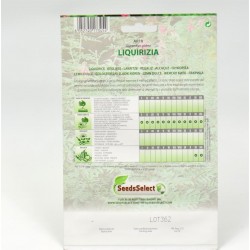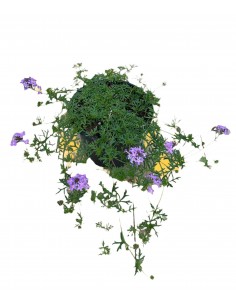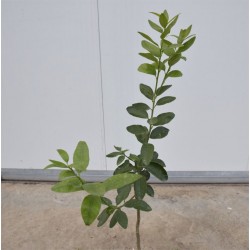Santolina Plant
Generality of the Santolina Plant:
Santolina is a shrub plant originally from the Mediterranean area, with an upright or semi-rebuilt, very aromatic structure. Suffruticose plant, gray-tomentose, with small erect and branched stems, about 30-50 cm tall. The santolina has digestive, antispasmodic, tonic-stimulating, antiseptic (infused or decoction) properties. For external use as antipruritic in case of insect bites. The santolina is not only decorative, but also serves to remove mosquitoes. Moreover, with its flowers and dried leaves the interior of the cupboards is perfumed and it is also useful against moths.
On-line Sale of the Santolina plant, available in the following sizes:
- Vase 7cm, Height: 5/15cm
- Vase 14cm, Height: 20/25cm
On-line Sale Of the Santolina plant, available in the following sizes:
- Vase 7cm, Height: 5/15cm
- Vase 14cm, Height: 20/25cm
Generality of the Santolina Plant:
Santanolina plant has an upright or semi-prostrate bearing, and forms dense rounded bushes, consisting of thin woody stems covered by very divided leaves, composed of small linear lobes, gray-green in color, with a woolly appearance, intensely perfumed. In summer it produces small, yellow, rounded flowers, gathered in apical inflorescences. Ideal as a border plant, for the very decorative foliage, it is also used in aromatic plants' beds, even if the fragrant leaves are not commonly found in the recipes of our peninsula. The santolina has digestive, antispasmodic, tonic-stimulating, antiseptic (infused or decoction) properties. For external use as antipruritic in case of insect bites. Its leaves and twigs, once dried, can be kept in a glass container for many months
Cultivation and Care of the Santolina Plant:
Santanolina plants need to be planted in very bright and sunny places. They prefer loose, well drained, sandy and possibly calcareous soils; They develop without problems in any soil, since they have very few requirements: they live well even in clayey soils and in arid and lean soils, so much so that if they are planted in a rich substrate, it slows down its growth.In the summer months sporadic watering may be necessary every 10-15 days, for the rest of the year they are generally satisfied with the rains. Being a perennial plant, with the growth it tends to open by highlighting the partially lignified basal branches and losing compactness. After flowering, it is advisable to prune the bush to stimulate the production of basal jets and give it again roundness and fullness.
















